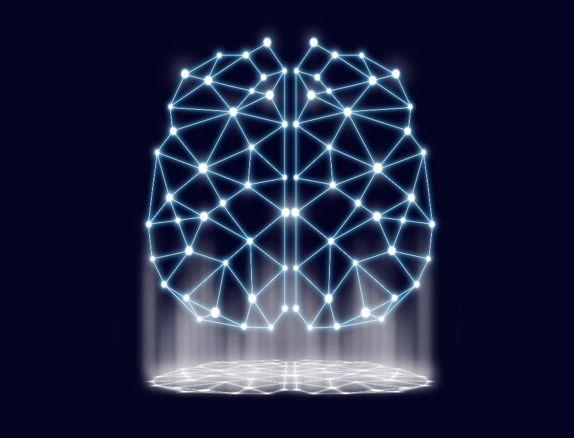Deep Learning is Rapidly Changing Our Lives
The core technology of Deep Learning has been around for many decades, but recent increases in massive data availability, processing speeds, skills and investor focus have accelerated the state of this art, with a turning point in 2012, and now affecting almost every aspect of our lives, from autonomous cars to banking & investment, manufacturing and healthcare.
Deep Learning is the subset of Artificial Intelligence’s (AI) Machine Learning composed of algorithms that permit software to train itself to perform tasks, like speech and image recognition, by exposing multilayered neural networks to vast amounts of data.
The turning point that got a lot of people believing in the power of Deep Learning was the ImageNet competition in Florence, Italy in 2012 where computers became better than people at recognising objects in images. Another landmark was when AlphaGo defeated the champion player of the ancient Chinese game of Go in March 2016.
AlphaGo learned how to play Go essentially from self-play and from observing big professional games. During training, AlphaGo played a million Go games against itself. Unlike IBM’s Deep Blue, which defeated chess champion Garry Kasparov in 1997, AlphaGo was not programmed with decision trees, or equations on how to evaluate board positions, or with if-then rules.
Real-time video or image recognition is a huge enabler for autonomous cars and drones, robotics for manufacturing, and medical diagnosis. So much of what doctors do is image recognition, whether we’re talking about radiology, dermatology, or ophthalmology. For instance reading X-rays, MRIs, and CT scans more rapidly and accurately than radiologists, to diagnose cancer earlier and less invasively.
Deep Learning is being used in banking and investment to learn and rewrite the rules on how credit is being evaluated, predict bad loans, investment management, stock market prediction and fraud detection. For example, MasterCard introduced Decision Intelligence last year to help financial institutions increase the accuracy of real-time approvals of genuine transactions and reduce false declines.
It is also a core technology for Virtual Reality/Augmented Reality and Chatbots – programs designed to convincingly simulate how a human would behave as a conversational partner, which are increasingly being deployed in online customer service and sales functions.
What has changed?
What’s changed is that today computer scientists have finally harnessed both the vast computational power and the enormous storehouses of data—images, video, audio, and text files strewn across the Internet—that, it turns out, are essential to making neural nets work well.
All of a sudden, you have a lot more computer science graduates landing in the job market with Deep Learning skills. There are also more open-sourced tools available, such as TensorFlow (Google), one of the building blocks of Deep Learning.
The amount of venture money going into AI startups was $5 billion in 2016, up 60% from 2015, according to CB Insights. The US dominates with 64% of the funding going to US companies, followed by the UK (6.5%), Israel (4.3%) and India (3.5%). Google has over 1,000 deep learning projects running today, according to a spokesperson, in all its major product sectors, including search, Android, Gmail, translation, maps, YouTube, and self-driving cars.
So is it a product or a feature?
Marc Andreessen, prominent Silicon Valley venture capitalist of Andreessen Horowitz, argues that recent breakthroughs mean artificial intelligence has the potential to spawn a new generation of big, important technology companies. “It sure feels like there are going to be a new set of products and companies that are going to be AI-powered at their core”, he said.
“We’ve invested in a company called Skydio that’s doing full autonomous consumer drones. It’s such a different product than you can get today, with such different capabilities, it’s almost eerie. It’s following you around with no human guidance at all. You run into a forest and it’s navigating and flying between tree branches entirely by itself. And it’ll be at a consumer price point. The incumbent drone-makers have been talking for some time about adding a feature they call “follow me.” The number of drone companies.. that are deciding they want to add that feature.. is dozens or hundreds. But nobody’s been able to make it work.”
“The reason is because it’s not a feature; it’s a totally new architecture. The drone has to be built on AI from the ground up”, according to Andreessen.
Toutiao is a news aggregator that boasts some 600 million users in China. The success of Toutiao has been achieved, in large part, by using machine learning to figure out users’ interests and tastes, and tailoring its news offerings (and advertising) accordingly, to get more clicks. The ultimate goal is to become the world’s number-one online content destination, eclipsing the likes of Facebook and Twitter, who use machine learning to refine recommendations, but rely more heavily on social connections i.e. they have not been built with Deep Learning at their core.
The use of Deep Learning is increasing rapidly and being built into many of our everyday activities, although in most cases we will probably not even be aware of it. It is so significant that it has the power to disrupt and be at the centre of the platforms and products of the future.
